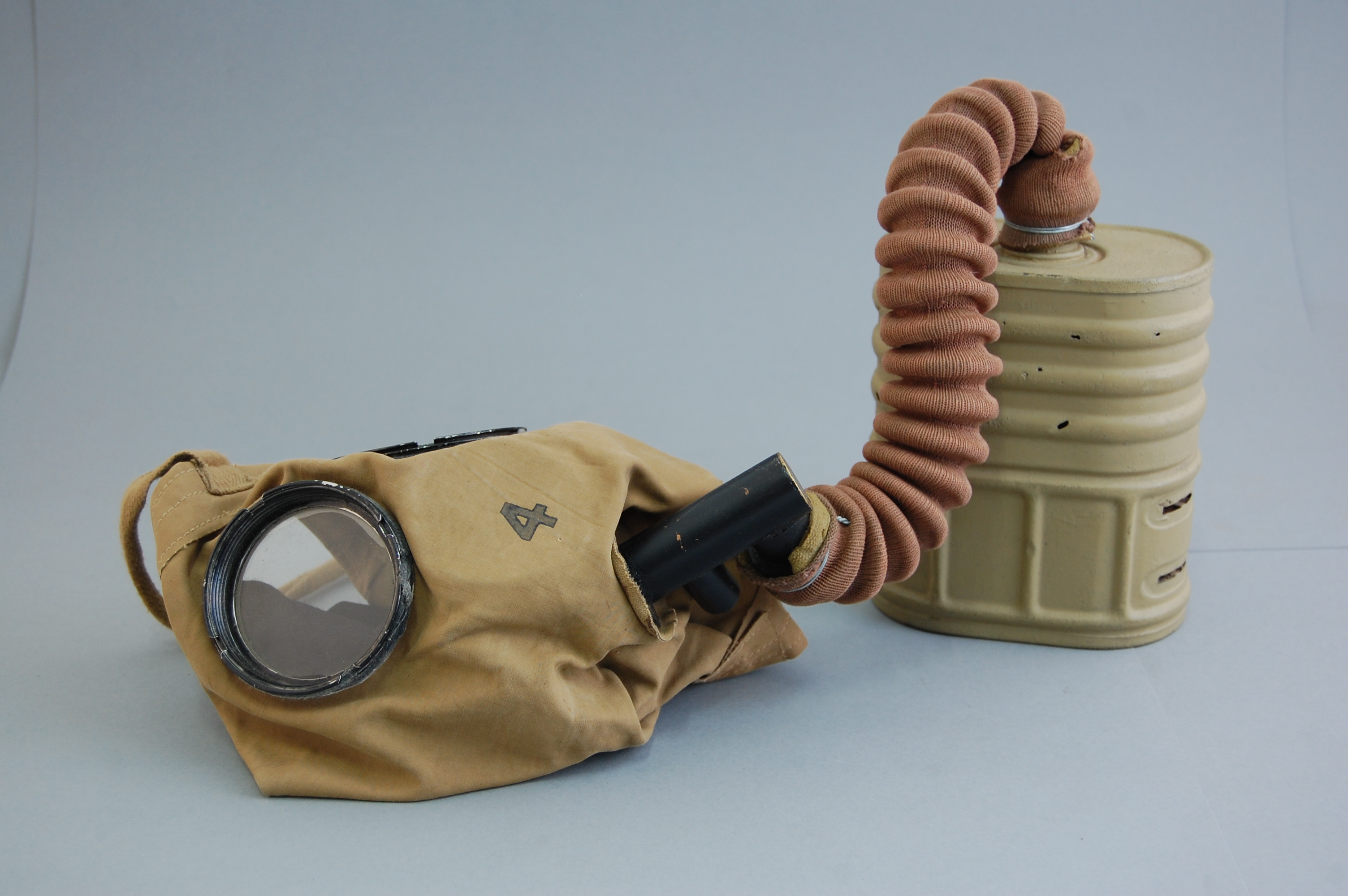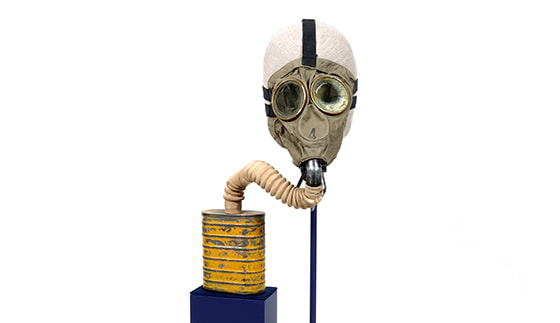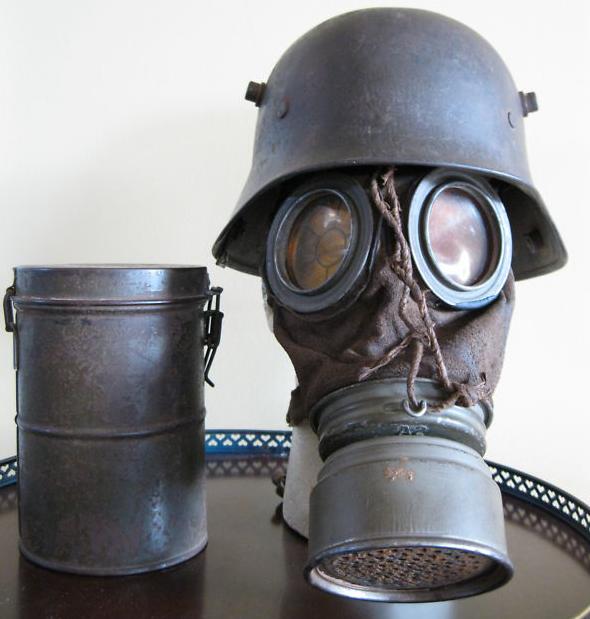
Edge each circular lens with wire or thread (you can use a small piece of black wire around the lens then a small brass jump ring around this to create the look). Using the same hole punch, cut out two Perspex circles for the eye pieces. Allow the glue to dry.Ĥ. While the glue is drying make the eyes. Stretch the gluey leather over the head shape pinching it together at either side of the head and towards the chin as shown. Carefully cut these out with a hole punch.ģ. Spread the reverese or suede side of the leather with PVA tacky glue. Cut out a rectangular piece of leather approximately 2in x 1-1.5in and mark out the position of eyes and mouth. Leather is very forgiving and will take colouring and stretching very well. If you don't have a doll head or hat stand, a suitably sized bead with a cocktail stick through it works equally well.Ģ. If you don't have the right colour leather, use a lighter piece and paint or stain it. Cover the doll head or wig/hat stand with cling film to protect it from any glue, etc.
#Ww1 gas mask pictures how to
Love exploring history in miniature form? Dolls House & Miniature Scene magazine is packed with projects to inspire from a wide range of eras – there's something for all tastes and interests! How to make your own WW1 gas mask and helmet Gas attacks didn't happen on the battlefields during WWII. The British small box respirator was first introduced to British soldiers in April 1916, a few months before the Battle of the Somme, and its value can be measured in the reduction of fatalities suffered as a result of poison gas. This crude non-rubberised mask gave some protection by being dipped in the anti-gas chemicals sodium hyposulphite, washing soda, glycerine and water.Īs the months passed and the use of poison gas occured more frequently, more sophisticated masks were developed and introduced. One of the early designs of the gas mask is shown below.

The worst sufferers were the wounded lying on the ground, or on stretchers, and the men who ran away with the cloud. Standing up you often escaped any serious effects, whereas, lying down at the bottom of the trench was more lethal as the gas was denser near the ground. It quickly became clear that the men who stayed in their places suffered less than those who ran away from the gas, as any movement worsened the gasses effects. The killing capacity of gas was limited, however, and only 4% of combat deaths were caused by gas.

The main gases used were tear gas, mustard gas, phosgene and chlorine. All of these history devices are here, in this gas masks photos collection.Ĭheck other war history photos: Korean War.Poison gas worked by killing indiscriminately as the general slow-moving or static gas clouds smothered the trenches. The German Alexander Drager patented his gas mask design in America in 1914. Lewis Haslet claimed the first American patent for a “lung protection device” in 1849. True, it was intended to protect firefighters and engineers during toxic environments works.

Let’s note that the modern gas mask was designed in 1912 by the American Garret Morgan. Russians somewhat improved gas masks and adjusted them to the gas attacks protection then invented them. Nonetheless, the history of the gas mask is not that simple. Charcoal showed the best result when used with a tight fit of a gas mask. The crush-testing was pretty simple: sulfur was burned in an empty room, and when the concentration of sulfur dioxide reached a level at which it was impossible to enter the room without a gas mask, people came into it with worn gauze bandages, between the layers of which fine-grained activated charcoal was wrapped. The best mean of protection involved activated charcoal, which performed as a natural filter for gas masks. History of gas masks in photos: horses needed protection too


 0 kommentar(er)
0 kommentar(er)
